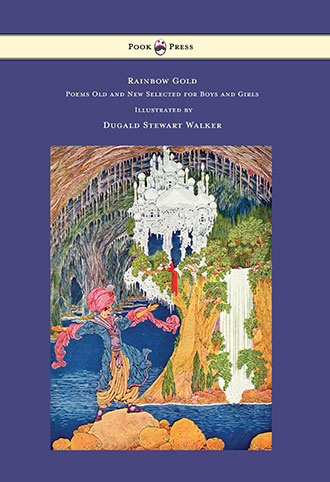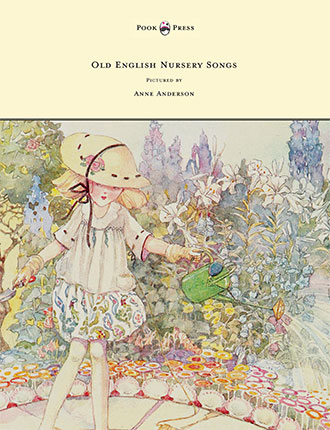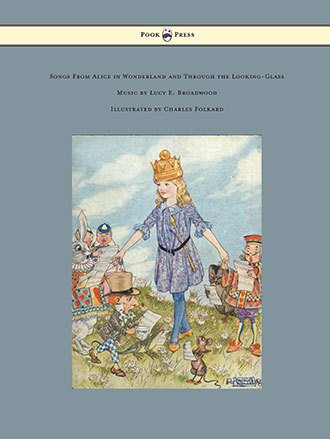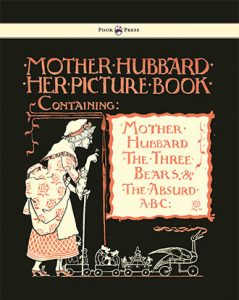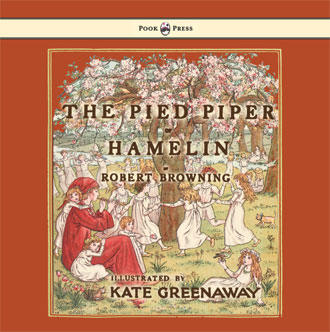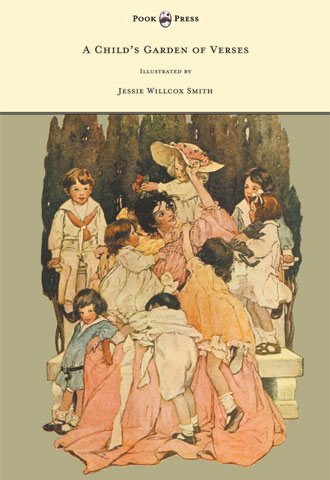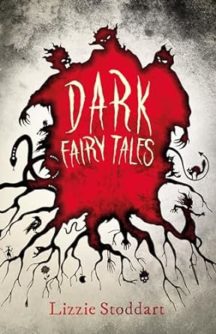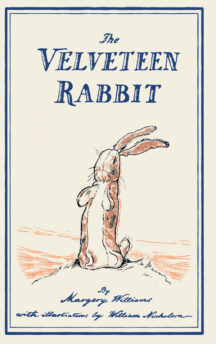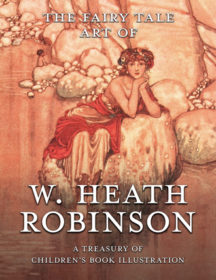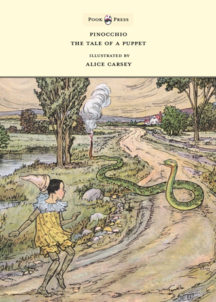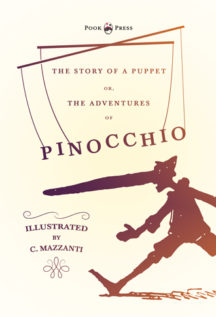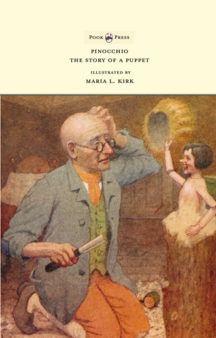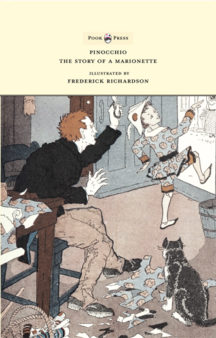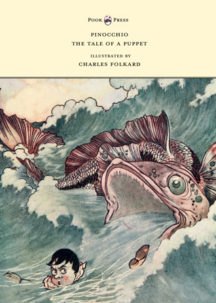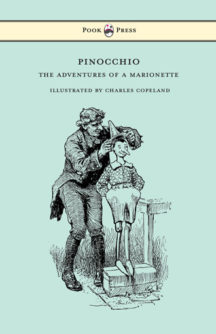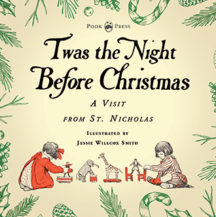10 Classic Poems for Children
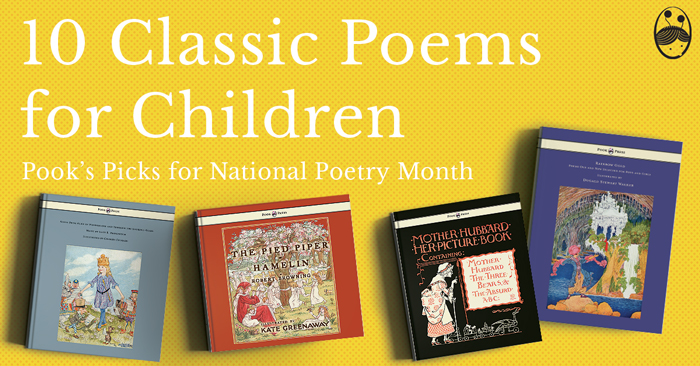
Explore this collection of classic children’s poems from the likes of William Blake, Mother Goose, Lewis Carroll and more. Perfect for reading and sharing for National Poetry Month.
1. The Tiger – by William Blake
The Tiger by William Blake is one of his most famous poems. Written in the 1700s, this children’s poem is framed as a series of questions where the narrator wonders about the creator responsible for such a powerful and fearsome creature as the tiger. This poem can be found in the book: Rainbow Gold – Poems Old and New – Illustrated by Dugald Stewart Walker.
Tyger! Tyger! burning bright
In the forests of the night,
What immortal hand or eye
Could frame thy fearful symmetry?
2. Twinkle, Twinkle, Little Star – by Jane Taylor
The famous nursery rhyme Twinkle, Twinkle, Little Star is known throughout households across the world. A classic children’s rhyme, the full poem has five beautiful stanzas dedicated to the tiny star shining in the night sky. This poem can be found in the book: Old English Nursery Songs – Pictured by Anne Anderson.
Twinkle, twinkle, little star,
How I wonder what you are!
Up above the world so high,
Like a diamond in the sky.
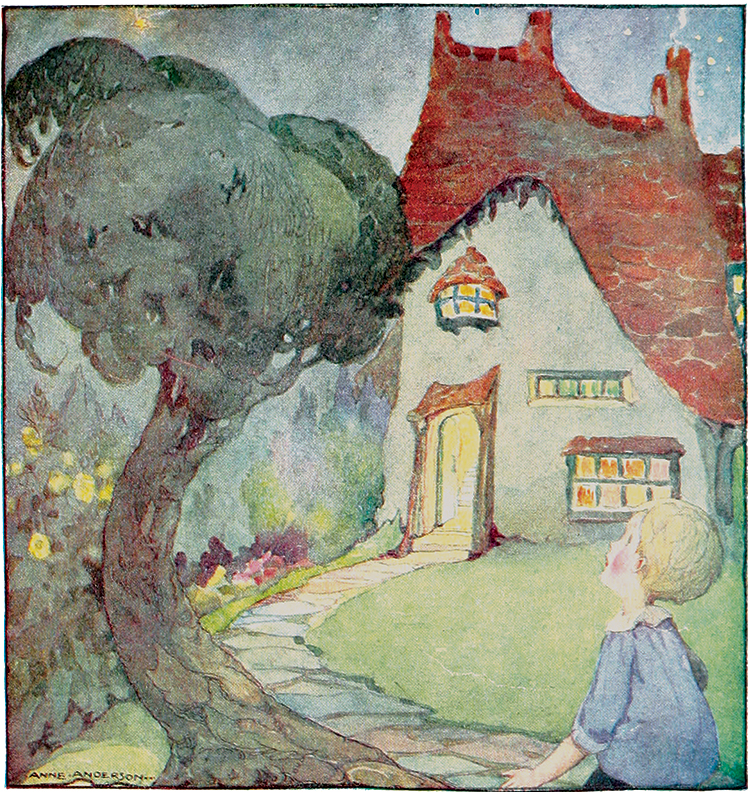
Twinkle, Twinkle, Little Star illustration by Anne Anderson
3. The Crocodile – by Lewis Carroll
How doth the little crocodile
Improve his shining tail,
And pour the waters of the Nile
On every golden scale!
4. The Fairies – by William Allingham
Up the airy mountain,
Down the rushy glen,
We daren’t go a-hunting
For fear of little men;
Wee folk, good folk,
Trooping all together;
Green jacket, red cap,
And white owl’s feather!
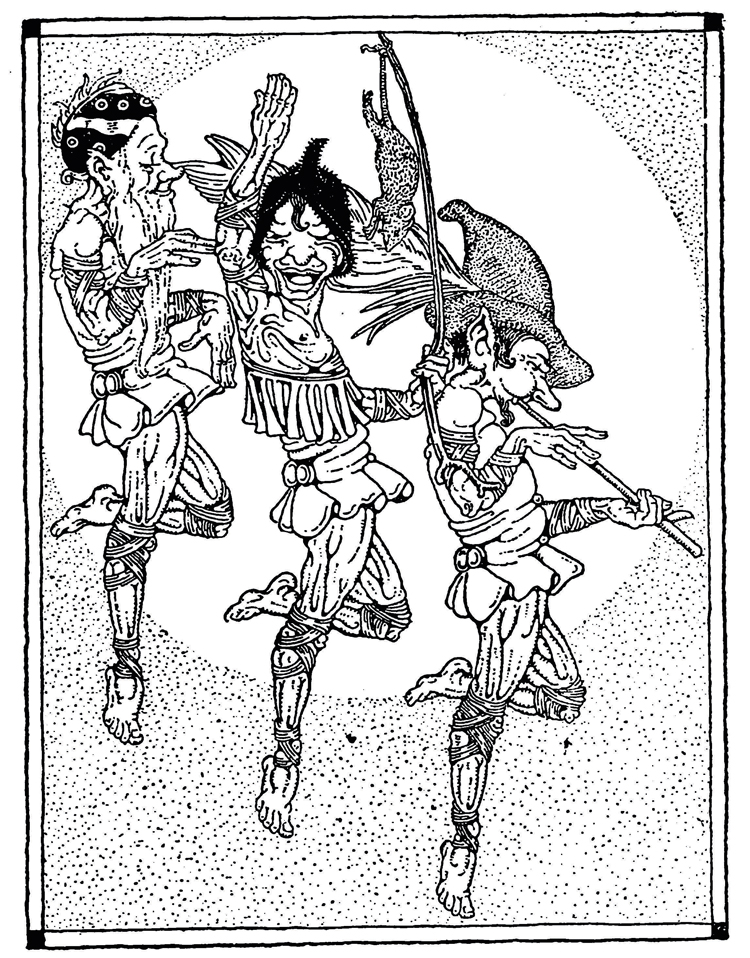
The Fairies illustration by Dugald Stewart Walker
5. Old Mother Hubbard – by Sarah Catherine Marine
Old Mother Hubbard is a classic rhyme from Mother Goose. Although it was first printed in 1805, the actual origins of this rhyme are disputed, with the figure of Mother Goose continuing to be shrouded in history. This poem can be found in the book: Mother Hubbard Her Picture Book – Containing Mother Hubbard, the Three Bears & the Absurd ABC – Illustrated by Walter Crane.
Old Mother Hubbard
Went to the cupboard,
To give the poor dog a bone;
When she came there
The cupboard was bare,
And so the poor dog had none.
6. The Spider and the Fly – by Mary Howitt
The Spider and the Fly is a classic poem by Mary Howitt, written in 1829. The opening line is one of the most quoted lines in all English verse and tells the story of a cunning spider who entraps a fly into its web – a cautionary tale against those who use flattery and charm to disguise their true intentions.
“Will you walk into my parlour?” said the Spider to the Fly,
“‘Tis the prettiest little parlour that ever you did spy;
The way into my parlour is up a winding stair,
And I have many curious things to shew when you are there.”
“Oh no, no,” said the little Fly, “to ask me is in vain,
For who goes up your winding stair can ne’er come down again.”
7. The Pied Piper of Hamelin – by Robert Browning
This age-old poem dates back to the middle ages, where the legend of the pied piper arrives in the town of Hamelin to lure the rats away with his magic pipe. When the townsfolk refuse to pay him for his work, he retaliates and uses his magical instrument to lead the children out of the town. This poem can be found in the book: The Pied Piper of Hamelin – with Kate Greenaway Illustrations.
Hamelin Town’s in Brunswick,By famous Hanover city;The river Weser, deep and wide,Washes its wall on the southern side;A pleasanter spot you never spied;But, when begins my ditty,Almost five hundred years ago,To see the townsfolk suffer soFrom vermin, was a pity.
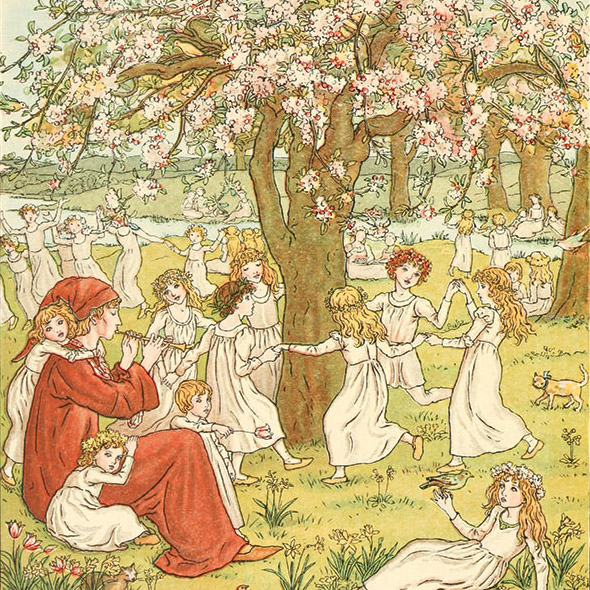
The Pied Piper Illustration by Kate Greenaway
8. Monday’s Child – by Mother Goose
Monday’s child is fair of faceTuesday’s child is full of graceWednesday’s child is full of woeThursday’s child has far to go,Friday’s child is loving and giving,Saturday’s child works hard for a living,And the child that is born on the Sabbath dayIs bonny and blithe, and good and gay.
9. From a Railway Carriage – by Robert Louis Stevenson
Written by Scottish poet Robert Louis Stevenson, From a Railway Carriage is a lovely poem that describes the joy of riding on a train, describing the natural beauty of the countryside as the journey continues. This poem can be found in the book: A Child’s Garden of Verses – Illustrated by Jessie Willcox Smith.
Faster than fairies, faster than witches,
Bridges and houses, hedges and ditches;
And charging along like troops in a battle,
All through the meadows the horses and cattle:
All of the sights of the hill and the plain
Fly as thick as driving rain;
And ever again, in the wink of an eye,
Painted stations whistle by.
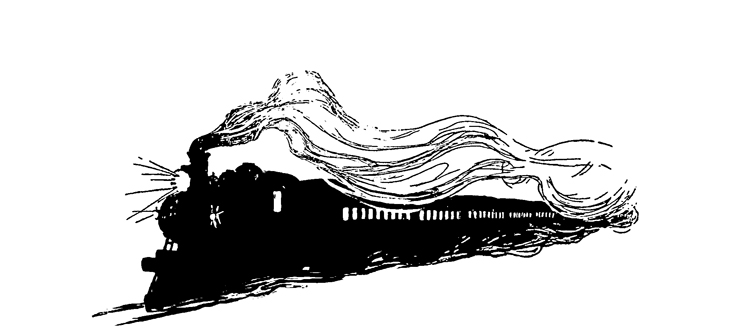
From a Railway Carriage illustration by Jessie Willcox Smith
10. The Walrus and the Carpenter – by Lewis Carroll
Another narrative poem that appeared in Lewis Carroll’s books, The Walrus and The Carpenter comes from Through the Looking Glass, the sequel to Alice’s Adventures in Wonderland. The poem is recited by Tweedle Dee and Tweedle Dum to Alice and recalls a tale of a Walrus and a Carpenter as they walk along a beach one night when both the sun and the moon are visible. This poem can be found in the book: Songs from Alice in Wonderland and Through the Looking Glass – Illustrated by Charles Folkard.
The sun was shining on the sea,Shining with all his might:He did his very best to makeThe billows smooth and bright —And this was odd, because it wasThe middle of the night.
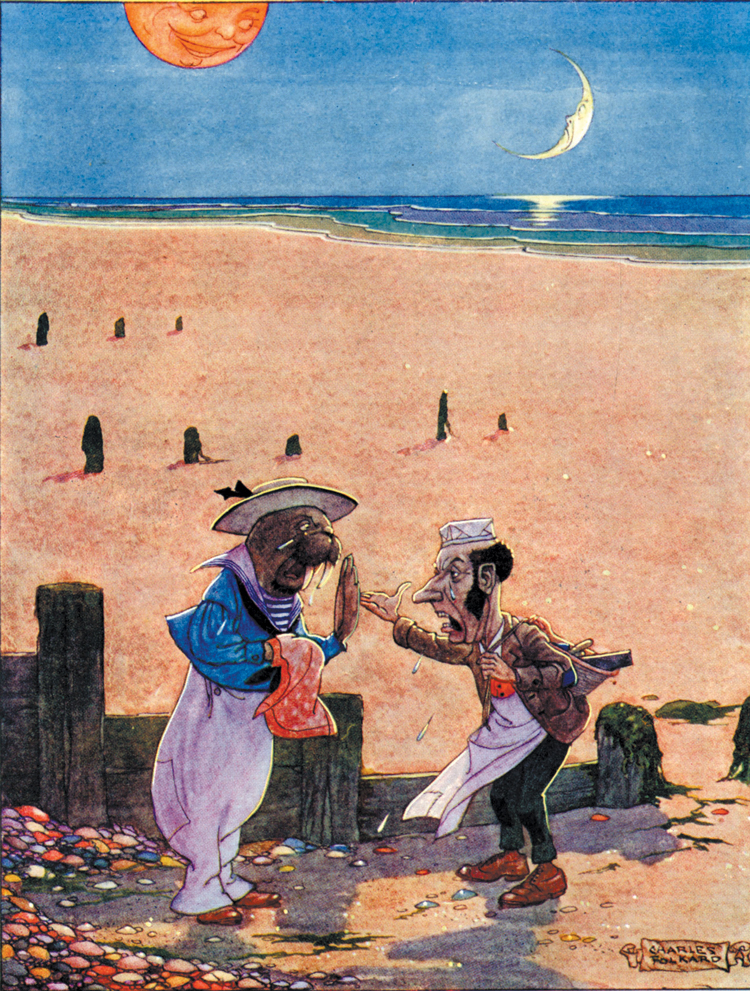
Walrus and the Carpenter illustration by Charles Folkard
. . . . .
Poetry Books Featured in this Blog:
Discover More Children’s Poetry

